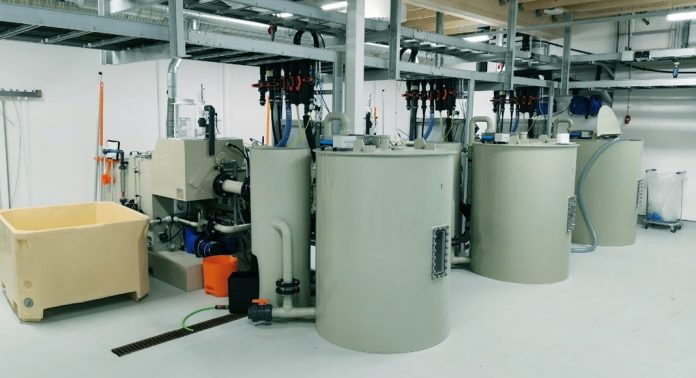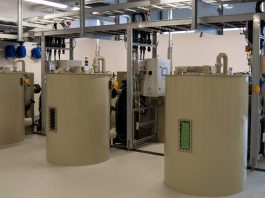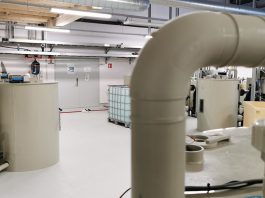Research and innovation specialist RASLab discusses how disruptive and transformative innovation in RAS technology is transforming the land-based fish farming industry.
Recirculating aquaculture systems (RAS) technology has been a focus of much development in recent years and a number of technological innovations have facilitated an increase in the scale of this approach to fish farming and the development of the land-based aquaculture industry. However, although technology is developing rapidly in terms of sensor technology for monitoring water quality, technology for disinfection using ultraviolet disinfection, ozonation and oxidative technologies, and the control and detection of hydrogen sulphide in marine RAS systems, the biofilter is still considered the heart of the system. However, even these technologies are leading to major innovations in biofilter design, operation, and function.
The conventional nitrossification and nitrification approach of having a biological filter where ammonium is oxidised to nitrite, and thus oxidised further to nitrate with a net consumption of oxygen and alkalinity, has been the heart of RAS systems for many years. Further technologies using various processes of active denitrification, either through annamox processes or anaerobic nitrate reduction to N2 gas, are being developed. However, what if we could remove the need for a biofilter entirely?
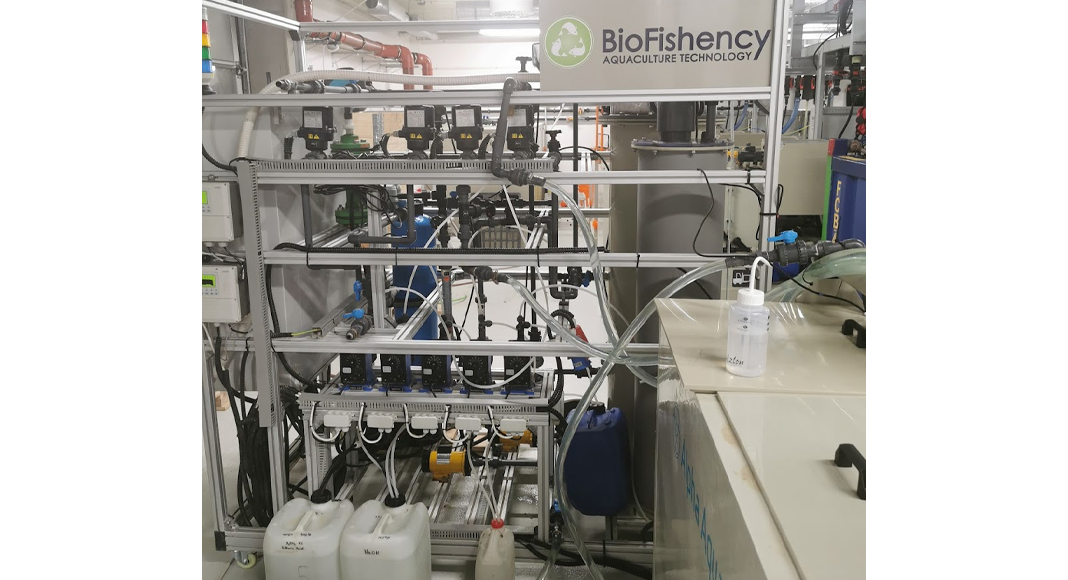
Disruptive technologies in aquaculture
RASLab, a research and innovation company, is working on a number of transformative and disruptive technologies with our partners where the concept of biofiltration may take on new meanings.
Firstly, the use of novel electrochemical processes to oxidise ammonium and other compounds may lead to the complete redundancy of a biofilter. Moreover, prototyping and validating these approaches with our partners means that these technologies may come to be implemented in new areas of aquaculture, including well-boat and fish transport systems, to maintain water quality and optimise fish welfare.
Secondly, the use of encapsulated nitrifying bacteria to replace a biofilter means that bacterial numbers can be adjusted as biomass increases and thus a bacterial consortium could be designed to suit a particular species. This approach assists our ongoing development of microbial and genomic molecular tools to assess the health of a biofilter and its suitability and robustness for safe fish production. At the very least, the idea is to have an insurance policy using these technologies to supplement a conventional biofilter, minimising potential loss and the risk of failed biofiltered performance as the system loading of fish changes over production cycles.
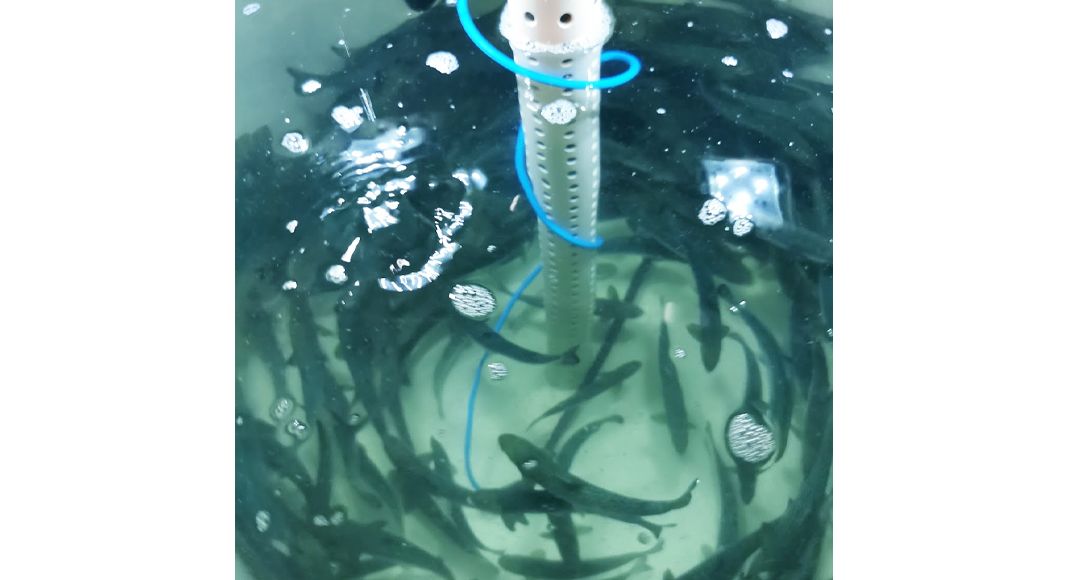
Aiding water quality management
The ongoing challenges of maintaining water quality and optimal water chemistry, particularly in areas where water supplies may be of variable quality, pose significant limitations for RAS development, even though water use is significantly lower than for conventional flow-through facilities. Nevertheless, the use of membrane filtration is beginning to transform water quality management.
The deployment of ultra and nanofiltration processes leads to the production of water with specific ionic compositions. Thus, the removal of potentially challenging ions like sulphate can help to reduce the risk of toxic hydrogen sulphide production by sulphate-reducing bacteria. Similarly, intake water can be filtered to remove contaminants, organic carbon, and tannins, as well as ions such as iron.
In partnership with a number of companies and organisations, RASLab is a testing and development ground for these types of disruptive and transformative technology developing approaches for ‘innovating the future of aquaculture’.
Please note, this article will also appear in the eighth edition of our quarterly publication.

